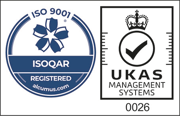We are often asked about the production capacity of our extrusion and spheronization systems. To provide this information there needs to be an understanding of the process parameters that will be used and that have been determined at the development stage. With that information, the advice that we give can be both meaningful and useful in the planning stages.
If you have proven your concept at the laboratory stage, then you will have established your process parameters so you could talk to Caleva about help with scale up. If you need to explore the development and formulation of your product then we can help with equipment to enable you to do that, such as the Multi Lab series, design for R&D Success.
Production spheronizers have nominal bowl diameters of, 380 mm, 500 mm and 700 mm and these, respectively have a production capacity guide of 50 kg per hour, 100 kg per hour and 150 kg per hour. As a capacity guideline, these figures are simple, logical, and easy to remember. In addition, these do bear some resemblance to reality, but this is with a lot of assumptions. These assumptions are reasonable but not correct in all situations.
It is important to consider these assumptions so that the manufacturer can establish and understand the potential outcomes.
First, let's look at the whole process
The spheronization process consists of four separate steps: mixing or granulation, extrusion, spheronization and drying (and possibly coating).
It is the spheronization step that normally (not always) determines the rate of production because it is the slowest process
If this is understood, then in normal circumstances the production rate described for the whole process is the rate at which material can be taken out of the spheronizer.
Spheronizers with different diameter bowls have different maximum load capacities. Estimates are shown below but these will, to some extent depend upon the density of the material that is being spheronized. Clearly, the amount of product being added to a single spheronizer run will be an important factor in determining the kilos per hour productivity.
Spheronizer 380 - generally up to about 4 kg
Spheronizer 500 - generally up to about 7 or 8 kg
Spheronizer 700 - generally up to about 12 or 15 kg
The second major factor will be the time that the material remains in the spheronizer bowl (the residence time)
In our many years’ experience we have seen that in the real commercial world this can vary considerably. The shortest residence time that we have seen in commercial production has been 27 seconds and the longest residence time was 14 minutes. With all other operational parameters and equipment being equal, its clear that the difference in productivity (in kilos per hour) using the same spheronizer can vary by figure of about x30. The residence time is the second major factor that will determine the amount of productivity that can be achieved by a spheronizer (and hence by the entire system - assuming that spheronization step is the rate determining process).
It is reasonably clear then, in consideration of the two factors above, to predict the production capacity of an extrusion spheronization system without knowing all the operating parameters is fraught with potential errors.
What if you do need some idea of the capacity for planning future manufacturing?
We can make some assumptions and do some calculations. We will provide an example below for the Caleva Spheronizer 500 (the other spheronizer bowl sizes will be similar calculations).Assumptions
- The spheronization step is the slowest part of the entire process
- The spheronizer is loaded to its full capacity of 8 kg
- In many "normal" situations spheronization time can be about 3 to 8 minutes. (Remember that the difference between the slowest and fastest time can be huge). For this working example, 3 minutes is not unreasonable
- Assume that the time required to load and unload the spheronizer is one minute for each process. This is a very efficient rate, and the team would have to be well organised to achieve this in practice
- It is also assumed that no time is lost for cleaning between spheronizer runs, or getting material stuck in the discharge door or any other of the typical problems that can happen during any industrial process
If we accept all the above assumptions than we can calculate a productivity rate for the spheronizer (and hence assume the same productivity for the entire system).
Then:
P = The productivity in kilos per hour
L = The load in kilos that is put into the spheronizer
T1 = The time in minutes taken to load the machine
T2 = The time in minutes of the spheronization process
T3 = The time in minutes taken to discharge the machine
P = L x 60/(T1+T2+T3) = 8 x 60/5 = 8 x 12 = 96 Kg /Hr.
We would take our result as about 100 kg per hour. This would be a reasonable guide and is product and process dependent.



Leave A Comment